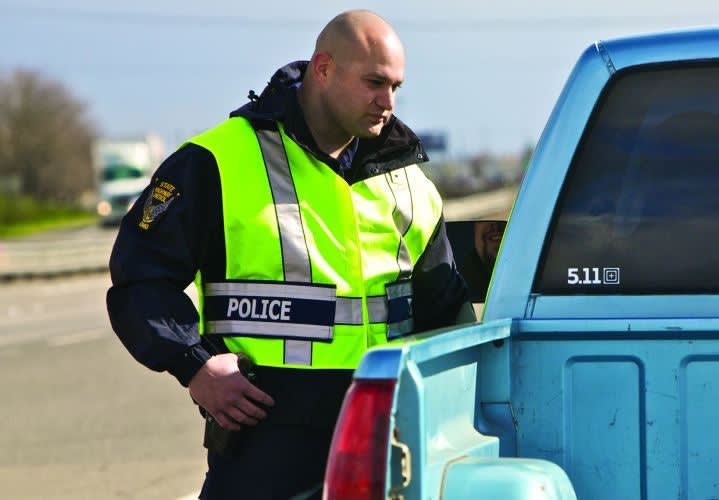I've heard cops say they were not going to wear those fancy schmancy vests because they don't appear police-like. Or, that they'll look like a school crossing guard. I have heard this makes us look like British or other European cops. Yes, they've been wearing high visibility for years and (big hint here) they're living to tell about it.
Some say it's not tactically sound. You're not in a sniper position. You're working a traffic control point. Not all cop fashion is in basic black. We look like other emergency responders. That's the point; look like a responder rather than a highway victim.
Until 1999, there were no state or federally mandated safety standards or regulations for safety vests. Some departments had orange "hunting vests" and that was about it. Then the American National Standards Institute created a set of voluntary guidelines called the ANSI/ISEA 107-1999 that has since been adapted by federal and state authorities, as well as and private industry. Then came 2003, and the law was further refined. This categorized the different levels of vest and amount of high visibility fabric and reflective material.
We still didn't play by the rules or found ways to wiggle out of this. Until Nov. 24, 2008, when new federal legislation placed requirements on emergency responders working within the right-of-way of a federal-aid highway. There were some exceptions for law enforcement officers.
Officers are still required under 23 CFR 634 to wear high-visibility clothing when performing duties such as directing traffic, investigating crashes, and handling lane closures, obstructed roadways, and disasters within the right-of-way of a federal-aid highway. Most highways we work get a penny or so from the feds, so they're covered.












